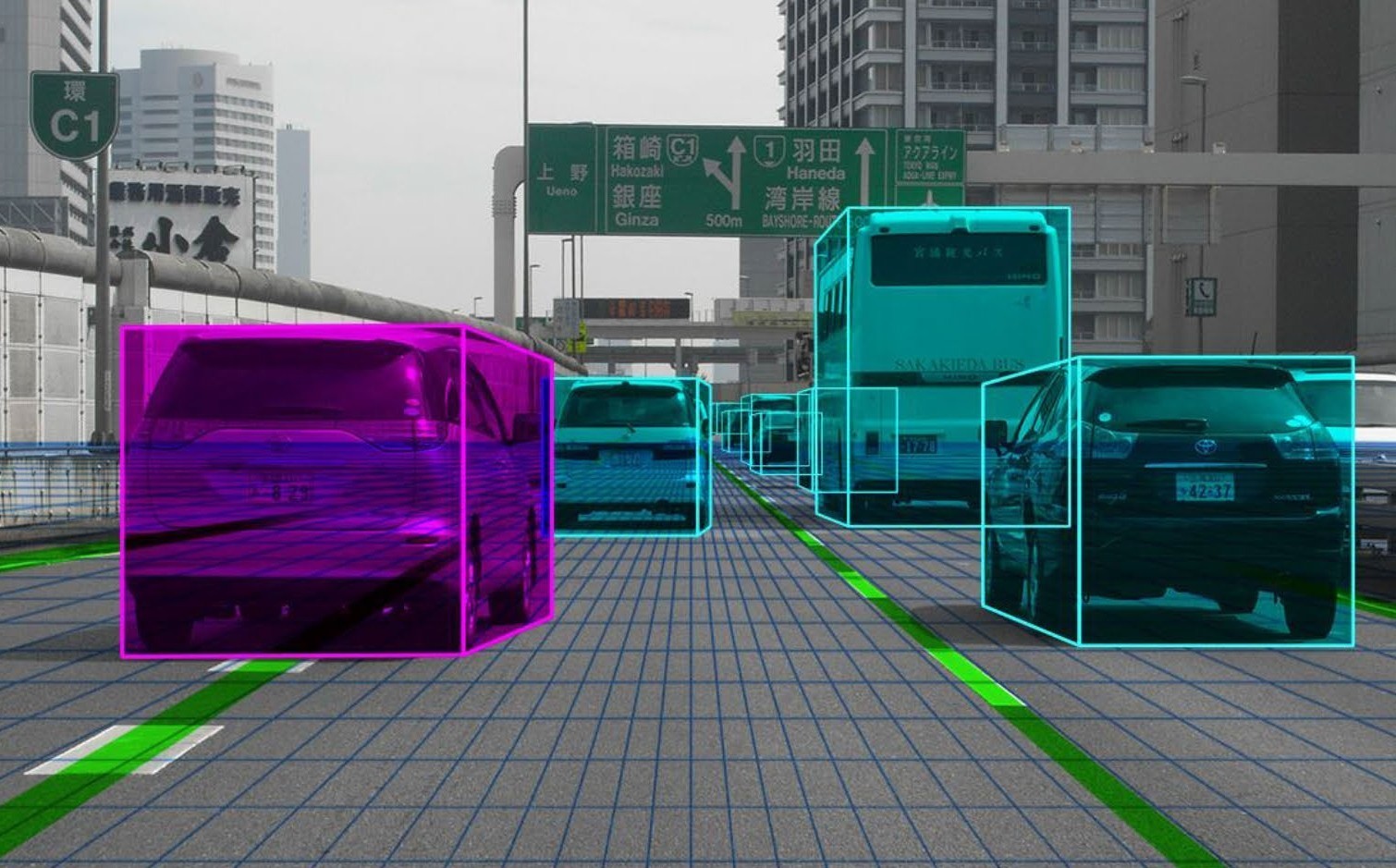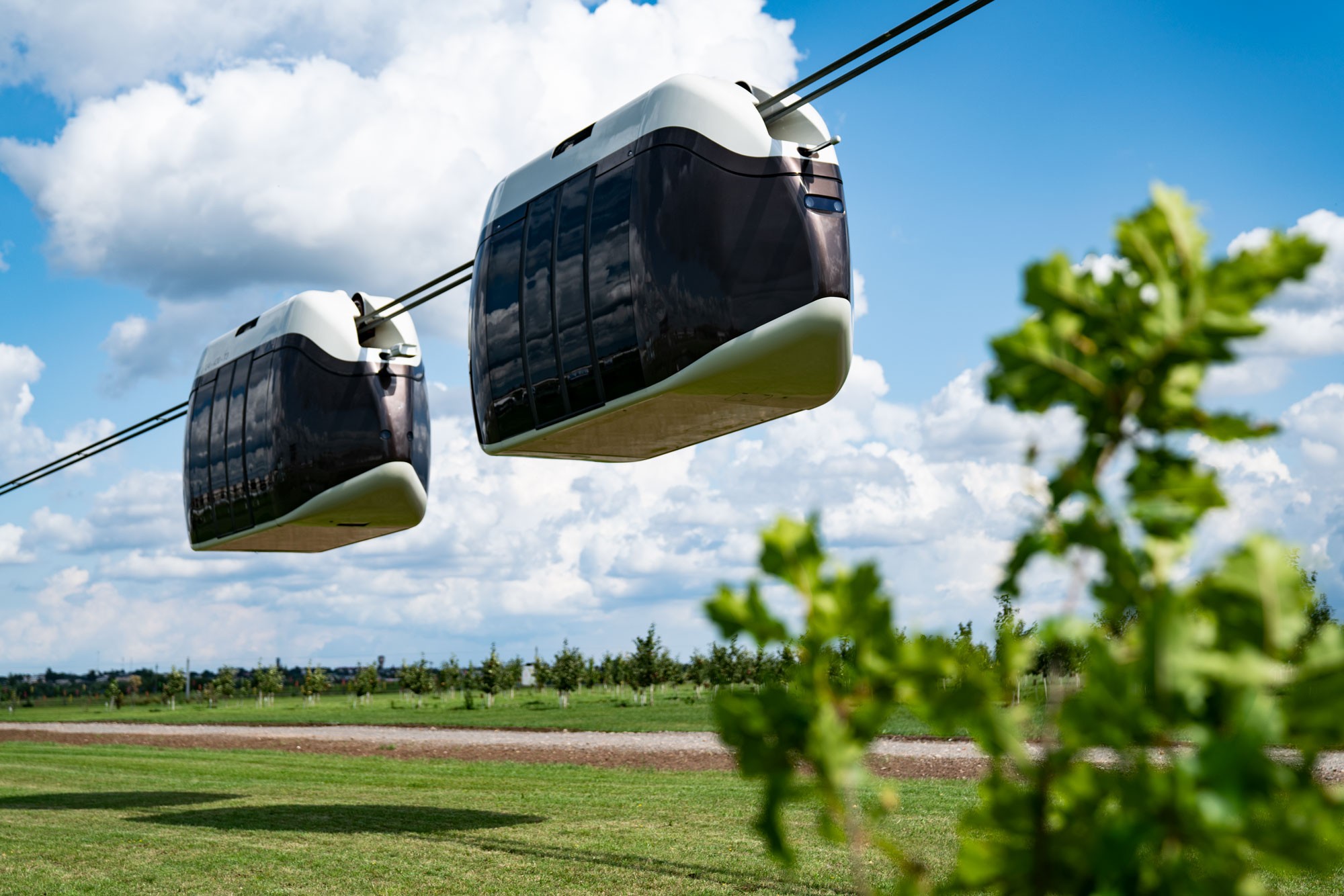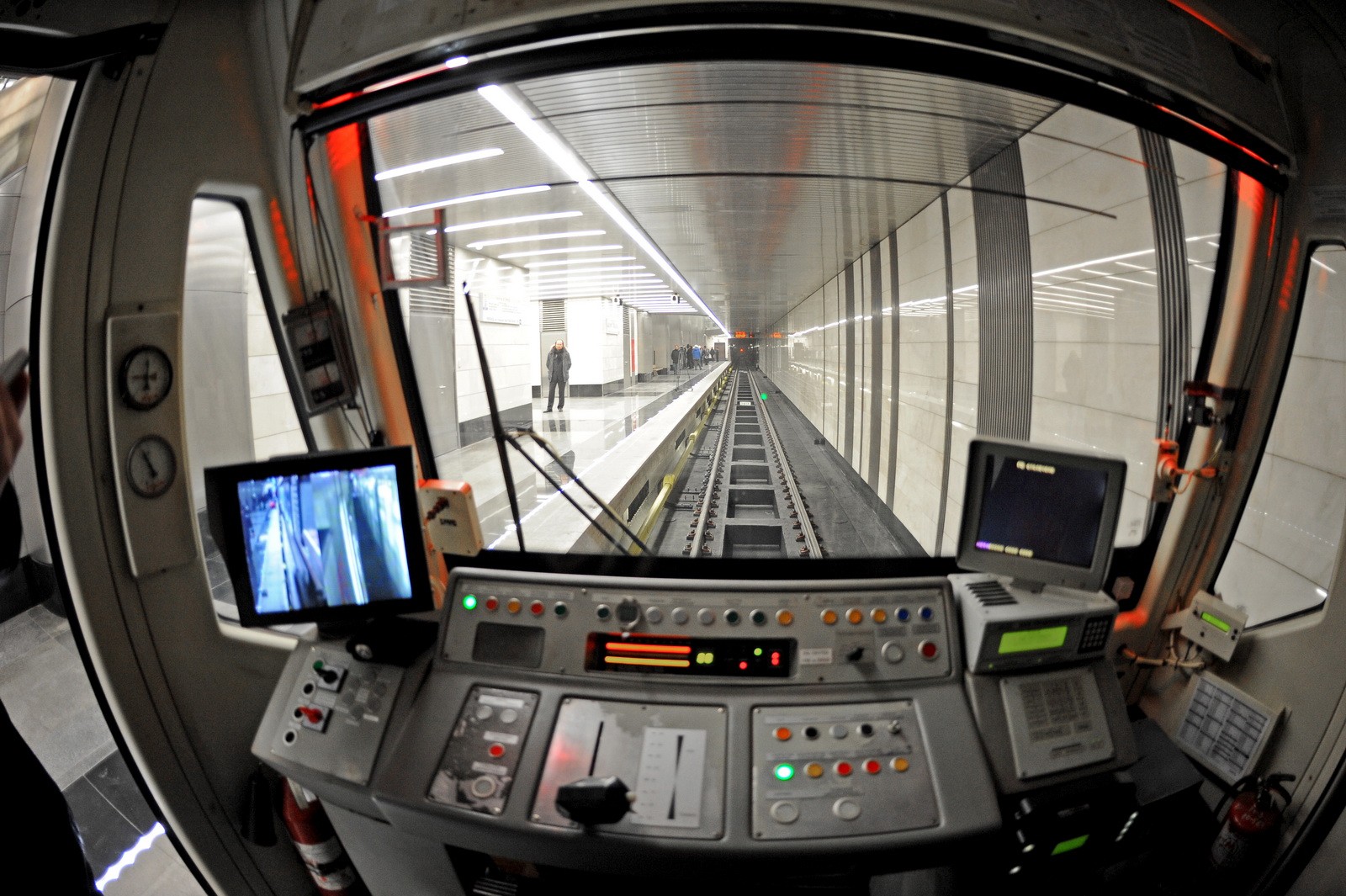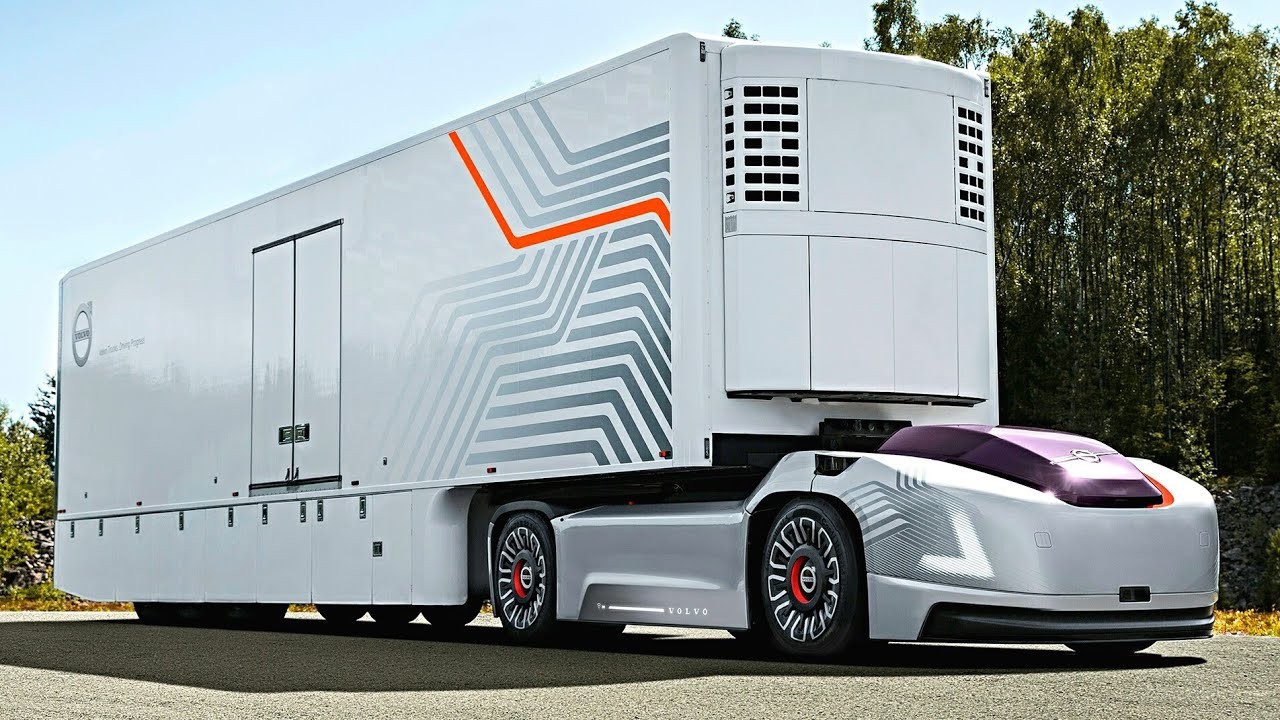

One driverless Tesla has almost thrown its passenger off a cliff, and the other one rode a drunk driver fallen asleep, not paying attention to the police, who tried to stop the car over 13 km. Volvo XC60 with Pilot Assist technology estimated the changed marking on the two-lane road incorrectly during a test drive. When one white dividing strip was changed with two side strips indicating the boundaries of asphalt, the artificial intelligence decided that now the whole road was at its disposal, and passed over to drive in its middle (in Russian).

How long do we have to wait for an autonomous control system, and will it be able to guarantee absolute safety?
As regards string transport, SkyWay has already taken all of it under control long ago. We highlighted the achievements in the field of automation in October 2018. You will learn about the progress personally at EcoFest 2019 to be held on August 17 in EcoTechnoPark.
During the event, experts are going to demonstrate how unibuses run at intervals, in a virtual coupling and perform routing tasks. For example, they achieve a pre-set speed, change it at different sections of the track, and, depending on the actions of other pods on the route, stop for pick-up and drop-off of passengers. All unibuses will be able to “communicate” with each other and receive data on the state, position in space, speed, distance and so on. Regardless of whether they are on the same or on different lines. It is planned to demonstrate various operating modes of the control system. Including an emergency duty, when one vehicle will be able to take another one in tow, conditionally out of order to deliver it to the nearest service station.

Artificial intelligence controls not only the parameters of the vehicle and the environment, but also the situation inside the cabin. Today, they are fine-tuning algorithms to identify behavior in the cabin, unnatural position of a body (for example, if a passenger doesn’t feel well), left things, payment via FaceID.
Professionals from SkyWay Technologies Co. have done a lot for the development of the global control system during the year. After all, it will provide a high level of traffic safety due to removal of the human factor, as well as help to set up passenger traffic up to 50,000 people per hour at 2-seconds interval of movement on the line. This is the performance capacity of Moscow metro, with which SkyWay can be compared by other indicators as an innovative type of non-surface transport.
In railway and, in particular, in underground transport, only some processes are automated. A simpler model is used in them. There is practically no crossing of transport routes in tunnels, and routes are isolated from each other in most cases.
Automated train control is manifested in three areas: safety, transport control and traffic monitoring. Trains run according to a schedule and control opening and closing of carriage doors themselves. The autonomous monitoring system traces all routes and the environment transmitting the data to the control center. In addition, the system controls the distance between trains and compliance with the speed limit.

Obviously, it was the easiest thing to automate the subway, because the infrastructure is initially isolated, and the same vehicles move in the tunnels. Possibly, if the system is scaled up, it can be transferred to other areas of railway transport. But then there will be problems in monitoring and controlling the traffic of international trains or due to environmental challenges. For example, during the arrival of suburban trains at various types of stations.
It is quite obvious that SkyWay string transport, with all the same advantages in terms of automation that the metro can boast up, has additional benefits. In underground transport, you are likely to have already encountered a bad smell, stuffiness, crowding, pickpockets and other “charms” of public transport. SkyWay suggests the possibility of travelling at the height of a bird flight, where you can enjoy the surrounding scenery. One of the stages in developing Skyway road network will be the introduction of personal transportation. Of course, this will require to bring string tracks to houses in the same way as it is now implemented in road transport. In addition, you do not need to be an economist to understand that the construction of SkyWay is sufficiently less-costly than tunneling for subway.
There is a standard classification system that defines five different levels of automation:
Level 0 – No automation
A driver has full control of the car and the system does not interfere with driving. This includes warning systems on collision or exit from the lane.
Level 1 – driver assistance
A driver controls the car, but the system can change speed and driving direction of the car. These include adaptive cruise control and lane management.
Level 2 – partial automation
A driver should be able to drive the vehicle if necessary, but speed and steering are no longer his responsibility. This includes parking assistance along with Tesla’s autopilot function. And also the system Distronic Plus created by Mercedes-Benz. According to the requirements, the driver should not be distracted in modes from level 0 to level 2.
Level 3 – conditional automation (humanity is here now)
The system fully controls speed, steering and the environmental condition. The person should be ready to intervene when the system asks for it. If the driver does not respond within the allotted time, or there is a failure in the system, the car will stop itself. The driver is allowed to distract only partially, for example, to check messengers, but not to sleep.
Level 4 – high automation
The system fully controls the vehicle and the presence of a human is no longer required, but its application is limited with specific conditions. Unmanned taxi Waymo is an example of high automation. However, it is available only to a narrow circle of people and in a small area.
Level 5 – full automation
The system is capable to control the same parameters as at level 4, but will do it under any conditions. Here man is as important as a cargo. Currently, examples of such fifth level systems do not exist.
Consumer Reports (something like a Сonsumer Union in the US) examined autopilots of 4 automakers. Tesla’s autopilot was in 2nd place. Cadillac brand product was recognized as the most technologically advanced and efficient. Propilot Assist system of Nissan took the 3rd place, and Pilot Assist of Volvo ranked the fourth.

However, these are not the only players in the market of automated technologies. The company Continental is also engaged in promotion of automated driving. In particular, it develops new sensor technologies and high-performance computer systems.
In Russia, the company has developed Mobile additional equipment safety of machinery, which is suitable for all vehicle type and model year. It is installed on the windshield and works as a co-pilot or a third eye. Mobile can't be considered an autopilot. Since the device does not replace the driver and does not relieve him of responsibility for driving and compliance with traffic rules. It only helps to predict a potentially dangerous situation and warn in advance so that a person can react.
In Russia, the company Mobileye has developed additional equipment for car safety, which is suitable for all vehicle types and model production year. It is installed on the windshield and operates as a co-pilot or a third eye. Mobileye cannot be considered as an autopilot. Since the device does not replace the driver and does not relieve him of responsibility for driving and compliance with traffic rules. It only helps to predict a potentially dangerous situation and warn in advance so that a person could react.
Intel has its own Advanced driver-assistance system (ADAS). Together with Waymo and Mobileye, the company is working on the concept of autonomous driving. The latest models they have released are Chrysler Pacifica Autonomous hybrid minivans equipped with Intel technologies for sensor data processing, general computing and connectivity. This allows them to make real-time decisions and move around in urban environments completely autonomously.
However, Waymo was not included in the coalition of companies that signed a document on July 2, 2019 on the paramount importance of safety in the development of driving automation. Zoox, Tesla, Amazon Aurora Pony.ai from Beijing, Nvidia and Yandex subdivisions were not its members, either. They explained their refusal by participation in other projects.
Camera is the main source of information.
It can identify traffic lights, read road signs, distinguish road markings, classify objects: pedestrians, vehicles, buildings. It cannot recognize the speed of objects and the distance to them. It is not effective in fog, rain and snowfall, as well as under bad light conditions. However, camera is an inexpensive sensor.

Radar allows to get information on distances to objects and their speeds. It is suitable for working with remote objects, does not depend much on weather conditions, works in the dark. However, it transfers data about objects over a long distance, covering only a small area. Or on objects that are close, but with a much greater coverage. The cost of radars is higher than that of cameras, but lower than that of lidars.
Elon Musk believes that only a camera and a radar will be sufficient for automated transport. And there is no need for the next type of sensors. Although most developers, on the contrary, give preference only to them.
Lidars provide a well-detailed picture of what is happening around, determine the distance to objects and their speed. They have a good range and high operational rate. They function excellently in bad weather and at night. Their biggest drawback is the cost. However, Luminar has recently developed a new lidar and called it Iris. It is claimed that its cost will be less than $ 1,000. Compared to the current $ 75,000 lidars, it seems fantastic.
Nevertheless, there is a number of problems that the inventors of autopilots have not yet figured out how to solve:
Former Head of the National Highway Traffic Safety Administration Mark Rosekind said in an interview with the BBC:
“The death of people at the stage of testing unmanned vehicles is inevitable. Unfortunately, there will be accidents. People will get hurt, some will die.”
Therefore, for introduction of autonomous vehicles moving independently on public roads in mass production, it will take a lot of time and victims. And there are no such obstacles for launching SkyWay transport, which means it has much more chances to become a leader.
This form asks for your consent to allow us to use your personal data for the reasons stated below. You should only sign it if you want to give us your consent.
Who are we?
The name of the organisation asking you for consent to use your information is:
Global Transport Investments
Trident Chambers, P.O. Box 146, Road Town
Tortola
British Virgin Islands
We would like to use the following information about you:
Why would we like to use your information?
Global Transport Investments would like to send this information to company registry, inform you about its news, for refund purposes.
What will we do with your information?
We store your name, address, ID Data, date of birth into company registry. We will share your e-mail & phone number with IT Service (https://digitalcontact.com/), SMS Center (http://smsc.ru). They will add your details to their mailing list and, when it is news update, they will send you an email or sms with details. We store your credit card number for possible refunds.
How to withdraw your consent
You can withdraw the consent you are giving on this form at any time. You can do this by writing to us at the above address, emailing us at the address: [email protected] or by clicking on the unsubscribe link at the bottom of emails you receive.
This privacy notice tells you about the information we collect from you when you sign up to receive our regular newsletter via our website. In collecting this information, we are acting as a data controller and, by law, we are required to provide you with information about us, about why and how we use your data, and about the rights you have over your data.
Who are we?
We are Global Transport Investments. Our address is Trident Chambers, P.O. Box 146, Road Town, Tortola, British Virgin Islands. You can contact us by post at the above address, by email at [email protected].
We are not required to have a data protection officer, so any enquiries about our use of your personal data should be addressed to the contact details above.
What personal data do we collect?
When you subscribe to our newsletter, we ask you for your name and your email address.
Why do we collect this information?
We will use your information to send you our newsletter, which contains information about our products.
We ask for your consent to do this, and we will only send you our newsletter for as long as you continue to consent.
What will we do with your information?
Your information is stored in our database and is shared with with IT Service (https://digitalcontact.com/), SMS Center (http://smsc.ru). It is not sent outside of the Euro. We will not use the information to make any automated decisions that might affect you.
How long do we keep your information for?
Your information is kept for as long as you continue to consent to receive our newsletter.
Your rights over your information
By law, you can ask us what information we hold about you, and you can ask us to correct it if it is inaccurate.
You can also ask for it to be erased and you can ask for us to give you a copy of the information.
You can also ask us to stop using your information – the simplest way to do this is to withdraw your consent, which you can do at any time, either by clicking the unsubscribe link at the end of any newsletter, or by emailing, writing us using the contact details above.
Your right to complain
If you have a complaint about our use of your information, you can contact the Information Commissioner’s Office.
Rate and Comment
You can assess the importance of a particular publication and the level of its preparation. Share your opinion in the comments!